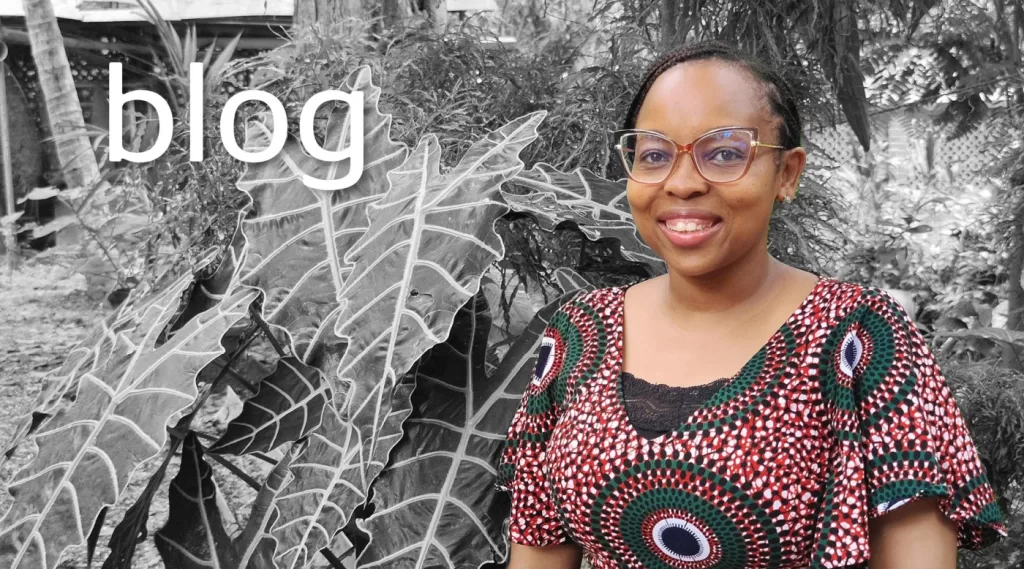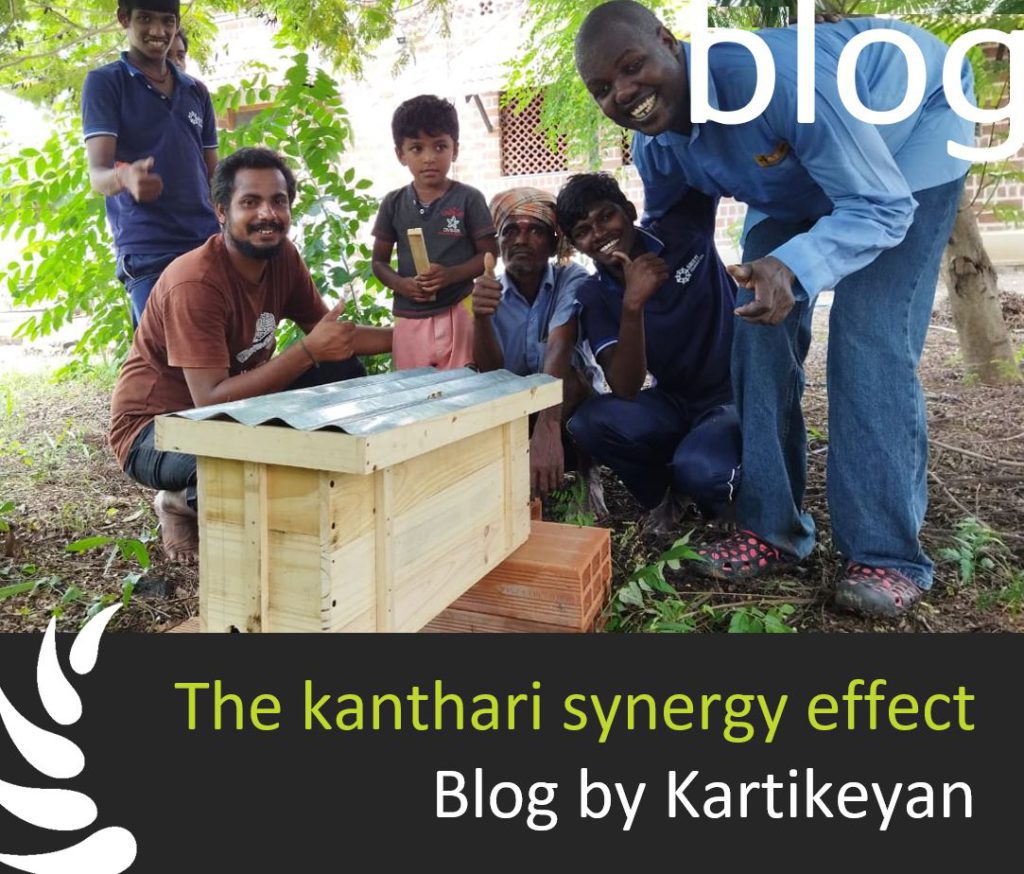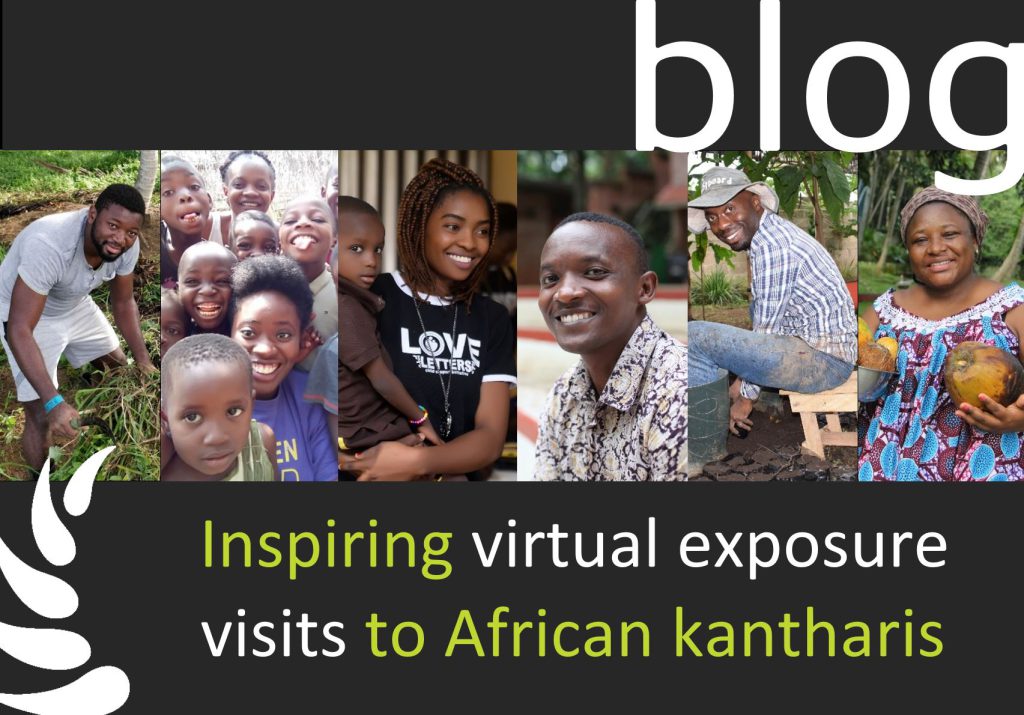In the semi-arid lands of Birika, Kenya, where water is scarce and options even scarcer, Faith Siele is cultivating more than just dragon fruits. She is nurturing resilience and opportunity. What began as a personal journey of survival has transformed into a powerful movement to economically empower Maasai women through drought-resistant farming and traditional beadwork. With strong power of heart Faith is now turning the hardships into harvests.
To learn more about her journey, the women she works with, and the seeds of change she’s planting, keep reading:
Holding the Line: One Woman’s Fight for Her Daughters’ Futures
In a small manyatta in the heart of Namanga, Kenya, Saidimu or “Samu” as we fondly call her is preparing a meal for her children. Samu is the first wife of a Maasai moran – a village elder who is rarely home. He has other families to take care of, but when he is home, the children are the happiest. She is in her mid-forties and has five adult children and two in primary school. She cares for four grandchildren as well. Her eldest son and his family live in the same homestead. As the sun sets across the savannah, their simple dinner of stewed potatoes and “ugali” – a meal made from cornmeal- is ready. Her family gathers inside their simple mud structure around the fire as they share their meal and stories about their day.
I recall when we moved to Namanga six years earlier. She was the first to welcome us and invited us to her home across the fence for a meal. Samu’s homestead was green with a banana grove, and behind her manyatta, she planted vegetables. Her kitchen garden was simple- fenced around with an indigenous cactus and sticks to keep her livestock from her precious produce. With the climate changing and water becoming scarce in the past years, Samu can no longer keep up with farming. Her homestead now has scattered acacia trees around her compound. Her kitchen garden is now bare land that her grandchildren play on. I ask her if she would ever consider going back to farming. She points at a hill on the horizon of our village. It’s called ‘Ol-donyo’ Rock, meaning The Black Rock. She tells me that the rock used to ‘cry’ and would supply water to the entire Namanga region. But since God has not sent rain, the rock is now dry. We have just harvested some dragon fruit and have carried some for her and her family. She says the children love them, and she proceeds to cut one for them to share. She says that she is looking forward to when her own dragon fruit will fruit. The seedlings we had gifted her are planted around two acacia trees.

When Samu is not tending to her house chores, she manages her livestock. She has two dairy cows and a few goats, chickens, and sheep. She ensures the cows and goats are milked promptly and the boys are off to herd them in good time. Once a week, she is up before 4 am to prepare enough porridge to sell at the weekly communal market. This is how she makes an extra income for her family. In between her activities, you will always find her beading, a craft she learnt from her mother and has passed on to her daughters. She makes intricate designs on bracelets, neckpieces, and even leather belts. When I ask her where she sells her beautifully crafted beadwork, she tells me that she sells it at the market, where she takes porridge for sale. Her extra income ensures her family is fed, clothed, and kept in school. Samu is a visionary woman; she tells me that all her children must be educated. She has secured boarding schools for her children,n and one of her daughters recently joined college to pursue a diploma in Community Health. She smiles when she tells me how proud she is of her daughter and says she will do whatever it takes to make sure her daughters get the opportunities she did not get. She has vowed that they will not be married off like she was at only twelve years old.
Her eldest daughter, Sinore, is home to be cared for by her mother after childbirth. The women of the family are seated outside under the shade of the largest acacia tree in the homestead. I watch as they bead swiftly, sharing stories and advice between each other. She shows me what they have made and I marvel at the craftsmanship. Sinore lives in a distant village that is only accessible by a four-wheel drive vehicle or motorbike. She was not as lucky as her younger sisters to go for further education, as she got married immediately after her high school education. She wishes to learn how to run a business and hopefully open her own one day. Her sister-in-law, Meoli, asks me whether I know how to bead. I tell her I do not but would love to learn. She hands me the fishing line and the colourful beads that are in a repurposed plastic jar. She holds my hand and shows me how to pick up the beads and how to make a row of beads. She lets me make the next row on my own, correcting me when I wrongly thread the clear fishing line. When I finish, she tells me that I am a fast learner, and I smile, holding the bracelet out as I admire the work. I tell her that she’s a wonderful teacher.
Samu’s elder sister has visited from a nearby village. I can’t help but admire the beautiful beaded pieces that adorn their ears, hands, and necks. She tells me that each bead has a significance, for instance, red is the color of the blood of cattle, white is for peace and prosperity, while blue signifies the sky and water. They are wearing brightly colored tartan ‘shukas’ cloths. Samu is in a bright red shuka with blue patterns, while her sister has a blue shuka with yellow stripes.
Samu has been there for all her grandchildren’s births. She cares for her daughters and daughters-in-law for at least three months before they can return to their husbands. I ask her how she manages to do this, and she lets out a gentle smile. She tells me that it’s what family does for each other, and that family always has more than enough to go around.



